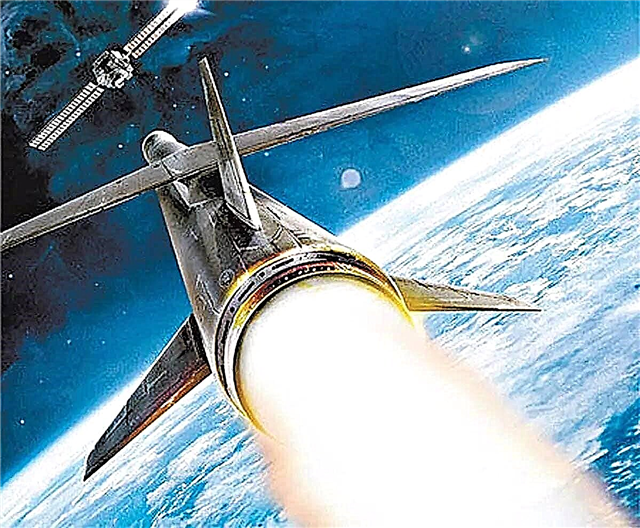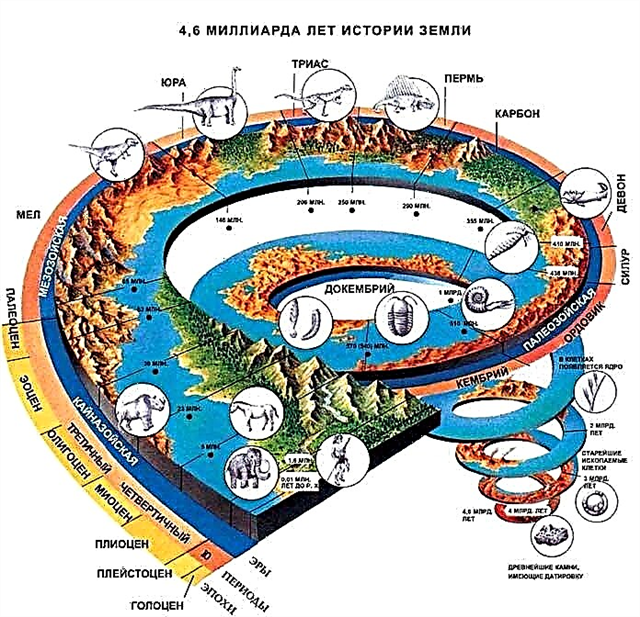
Any electrician will confidently declare that the protection of wires from the risk of short circuit is provided not only by their competent connection. What is the reason for this omission?
Is this an omission, or does this approach have some practical significance? Understanding the details of the question, you can find the answers to these questions. To clarify the nuances, you even have to look into the past.
Was insulation always used?
The fact that the wires should be insulated was already known at the first stages of the use of electricity. However, then there was no good isolation, especially one that could withstand the negative effects of the environment in the open air. Today, people have plastic, rubber, and many other components at their disposal to create inexpensive insulation that will last quite a long time. In the past, only materials that were unreliable and expensive could be used. Uninsulated wires were used, which were simply marked with a corresponding plate so that people would not touch them. Otherwise, the wiring would have to be changed almost annually, spending huge amounts on it.

But this approach was used exclusively in the past, today insulation of decent quality is available to everyone, it could very well be applied on high-voltage wires as well. But they do not use it. In this case, the main insulator becomes the environment itself - first of all, air, whose resistance is high enough to ensure safety. Since an arc can slip between a pair of conductors from just one excessive approach at different phases, ceramic spacers are used on high-voltage lines that can eliminate this risk.
Wires must also be insulated from the ground, for this purpose, large insulators made of porcelain are used in the framework of high-voltage lines, which fully fulfill the functions assigned to them. The listed measures in practice are quite enough to ensure safety, for reliable operation of the lines.
Can high-voltage wires be insulated?

Today, there are all possibilities for the complete isolation of high-voltage wires, however, such events are not carried out. They do not make much sense, but they will significantly increase the cost of work on electrification, maintaining these communications in good condition. So, in particular, you will have to spend money not only on the purchase of an insulator as a material. It will require reinforcement of the wire, supports, since the weight of the insulated structure will be higher. Isolated lines are used today, but they are laid underground, since this approach is most appropriate. As for elevated solutions - there is no urgent need for isolation, the system is self-sufficient, effective without it. There is no point in increasing the cost of the line when additional investments do little to change dramatically.
Being at height, uninsulated lines do not create risks.However, damage detection is faster, as well as repair, a number of other advantages appear in the form of a long service due to light weight loads and other aspects.
Thus, isolating high-voltage overhead lines simply does not make sense. This can be done, but isolation will not change anything, it will bring mainly a negative effect. Lines will cost more, as well as their operation, the large weight of the insulation wires in combination with the high cost of materials will not give any advantages.
It makes sense to isolate only underground high-voltage communications, as for overhead lines - they are safe and without additional protective measures, being out of the reach of a person. Being designed, built in accordance with all the rules, they have their own mechanisms of protection, general isolation, which allows them to serve for a long time, ensuring the supply of electricity and safety for people.












